You Are Here:Home > Information dynamics
> Industry dynamics
NEWS CENTER
Recommended news
- How is the structural stability of heavy-duty storage shelves
- Where are the main locations for red wine shelves
- Where are the customized display shelves mainly used
- How to promote commodity sales on the shelves of wanghong snack shop
- What are the applications of medium-sized storage shelves in logistics centers
Recommended products
What are the material characteristics of red wine shelves
source:www.hanming.net.cn | Release time:2024-12-31
According to different design styles and usage scenarios, common materials for red wine shelves include wood, metal, glass, etc., each with distinct characteristics:
1. Wood
Texture Warm: The natural texture and color of wood have a warm texture, which can create an elegant and retro atmosphere, complementing the high culture contained in red wine. It is suitable for classical style wine cellars, Western restaurants and other scenes, giving people a dual enjoyment of visual and tactile senses.
Good load-bearing capacity: Solid wood materials have a solid texture, especially high-density woods such as oak and walnut, which have good load-bearing capacity and can stably store multi-layer bottled red wine without worrying about shelf deformation, ensuring safe storage of red wine.
Flexible processing: Wood is easy to cut, carve, and polish, and can be made into various shapes, ranging from simple and smooth modern style to finely crafted European classical style shelves, meeting personalized customization needs and fitting different spatial decoration styles.
Maintenance required: Wooden shelves are greatly affected by environmental humidity and temperature, and are prone to drying and cracking if they are too dry. In humid environments, they may mold and rot, so regular waxing and wiping maintenance are needed to maintain their good condition.
2. Metal
Durable and sturdy: Metal materials such as steel and aluminum alloy have good strength and hardness, strong resistance to impact and deformation, and can withstand heavy red wine stacking. Even if the red wine is used for a long time or frequently transported, it is difficult to damage and has a long service life.
Modern design: The metal lines are tough and simple, and through cutting, welding, bending and other processes, they can be shaped into modern and technological geometric shapes. They are commonly used to create fashionable and simple open wine racks, suitable for modern bars and urban style wine tasting rooms.
Fire and moisture prevention: Metal itself is non flammable and has natural fire prevention advantages; It will not be affected by moisture and decay like wood, and red wine can be stored in environments with high humidity such as basements and warehouses. Metal shelves can play a stable role.
Strong thermal conductivity: The good thermal conductivity of metals is a double-edged sword. In hot environments, external heat can easily be conducted to red wine through metals, which may affect the quality of the wine. Therefore, metal shelves are used in high-temperature areas and sometimes require insulation materials.
3. Glass
Transparent and beautiful: The glass material is crystal clear, presenting the complete body of the red wine bottle, visually increasing the sense of openness, making it convenient for customers or collectors to quickly browse and choose their favorite red wine. It is commonly used in shopping mall wine cabinets and exhibition halls display shelves.
Easy to clean: Glass with a smooth surface can be easily wiped clean with a damp cloth after being stained with dust or dirt, saving time and effort in maintenance and maintaining the cleanliness of the red wine display area.
Lightweight Material: Compared to heavy wood and metal, glass is lighter in weight, making it easier to move and install, reducing the labor and material costs of building wine shelves, and facilitating later layout adjustments.
Fragile risk: The brittleness of glass determines that it is not resistant to impact. When subjected to external collision or compression, it is easy to break. Therefore, when using glass shelves, special attention should be paid to the surrounding environment to avoid accidents.
4. Composite materials
Performance integration: Some shelves made of composite materials such as plastic and fiber, metal and wood combine the advantages of various materials, such as combining the low cost and easy molding of plastic with the high strength of fibers, or combining the strength of metal with the beauty of wood, to meet diverse needs.
Diverse prices: Composite materials have a wide price range due to differences in composition and craftsmanship, allowing businesses and consumers with different budgets to find suitable options. From affordable small shops to clubs, there are corresponding composite material shelves to choose from.
1. Wood
Texture Warm: The natural texture and color of wood have a warm texture, which can create an elegant and retro atmosphere, complementing the high culture contained in red wine. It is suitable for classical style wine cellars, Western restaurants and other scenes, giving people a dual enjoyment of visual and tactile senses.
Good load-bearing capacity: Solid wood materials have a solid texture, especially high-density woods such as oak and walnut, which have good load-bearing capacity and can stably store multi-layer bottled red wine without worrying about shelf deformation, ensuring safe storage of red wine.
Flexible processing: Wood is easy to cut, carve, and polish, and can be made into various shapes, ranging from simple and smooth modern style to finely crafted European classical style shelves, meeting personalized customization needs and fitting different spatial decoration styles.
Maintenance required: Wooden shelves are greatly affected by environmental humidity and temperature, and are prone to drying and cracking if they are too dry. In humid environments, they may mold and rot, so regular waxing and wiping maintenance are needed to maintain their good condition.
2. Metal
Durable and sturdy: Metal materials such as steel and aluminum alloy have good strength and hardness, strong resistance to impact and deformation, and can withstand heavy red wine stacking. Even if the red wine is used for a long time or frequently transported, it is difficult to damage and has a long service life.
Modern design: The metal lines are tough and simple, and through cutting, welding, bending and other processes, they can be shaped into modern and technological geometric shapes. They are commonly used to create fashionable and simple open wine racks, suitable for modern bars and urban style wine tasting rooms.
Fire and moisture prevention: Metal itself is non flammable and has natural fire prevention advantages; It will not be affected by moisture and decay like wood, and red wine can be stored in environments with high humidity such as basements and warehouses. Metal shelves can play a stable role.
Strong thermal conductivity: The good thermal conductivity of metals is a double-edged sword. In hot environments, external heat can easily be conducted to red wine through metals, which may affect the quality of the wine. Therefore, metal shelves are used in high-temperature areas and sometimes require insulation materials.
3. Glass
Transparent and beautiful: The glass material is crystal clear, presenting the complete body of the red wine bottle, visually increasing the sense of openness, making it convenient for customers or collectors to quickly browse and choose their favorite red wine. It is commonly used in shopping mall wine cabinets and exhibition halls display shelves.
Easy to clean: Glass with a smooth surface can be easily wiped clean with a damp cloth after being stained with dust or dirt, saving time and effort in maintenance and maintaining the cleanliness of the red wine display area.
Lightweight Material: Compared to heavy wood and metal, glass is lighter in weight, making it easier to move and install, reducing the labor and material costs of building wine shelves, and facilitating later layout adjustments.
Fragile risk: The brittleness of glass determines that it is not resistant to impact. When subjected to external collision or compression, it is easy to break. Therefore, when using glass shelves, special attention should be paid to the surrounding environment to avoid accidents.
4. Composite materials
Performance integration: Some shelves made of composite materials such as plastic and fiber, metal and wood combine the advantages of various materials, such as combining the low cost and easy molding of plastic with the high strength of fibers, or combining the strength of metal with the beauty of wood, to meet diverse needs.
Diverse prices: Composite materials have a wide price range due to differences in composition and craftsmanship, allowing businesses and consumers with different budgets to find suitable options. From affordable small shops to clubs, there are corresponding composite material shelves to choose from.
Previous:
What are the main uses of medium-sized storage sh…
Next:
What are the advantages of convenience store chec…
【Related Products】
Consultation hotline0512-52436990

- Product series
- Storage shelves
- Supermarket shelves
- Scenario display
- Supermarket shelves
- Cashier
- Wall shelf
- product display
- other parts
- product display
- Kitchen supplies
- Cleaning supplies
- Fruit and vegetable food
- Maternal and Child Home Furnishings
- About Us
- Website homepage
- About Us
- Contact Us
- News Center
- MESSAGE
 WeChat:
WeChat:

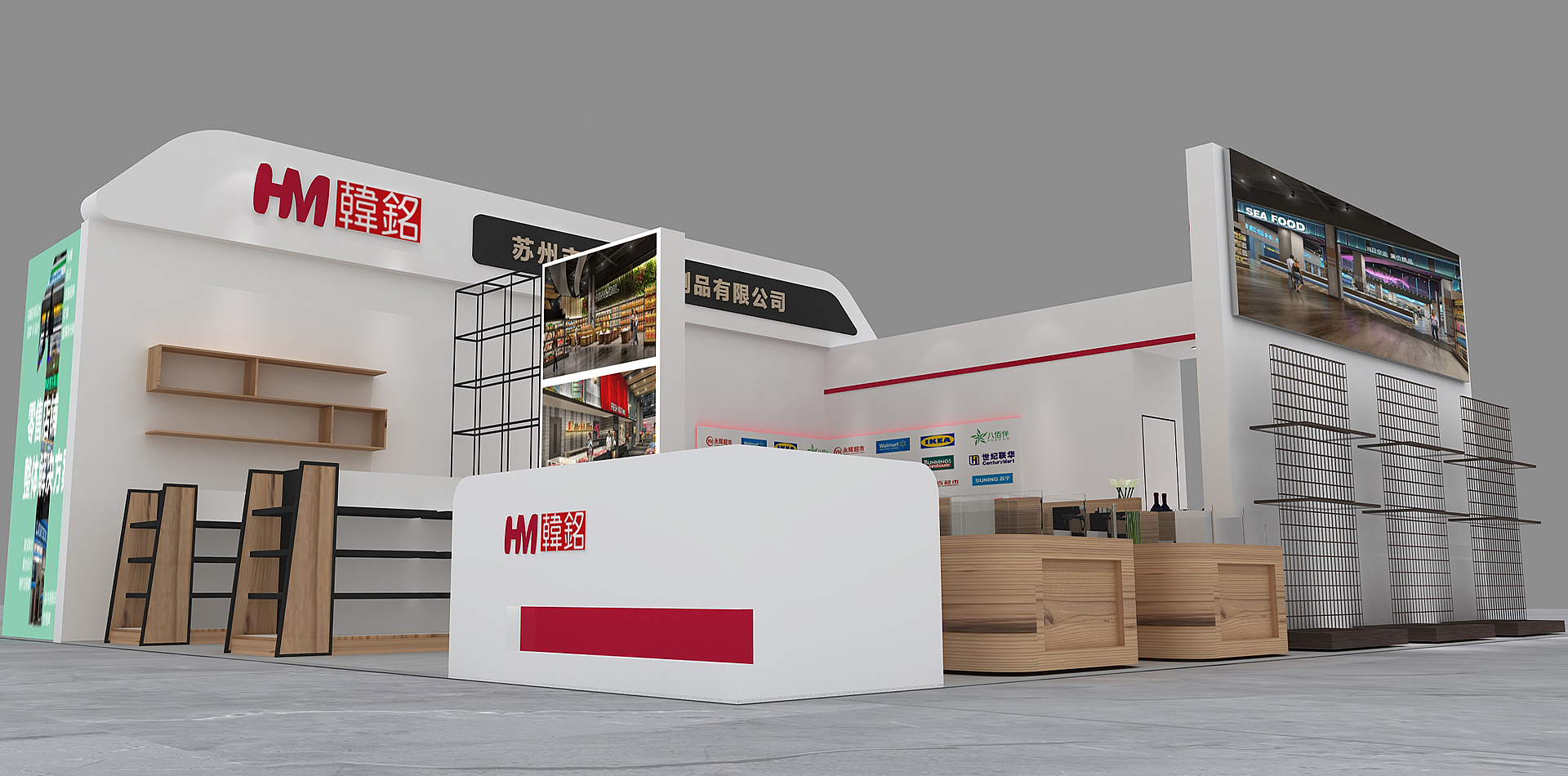
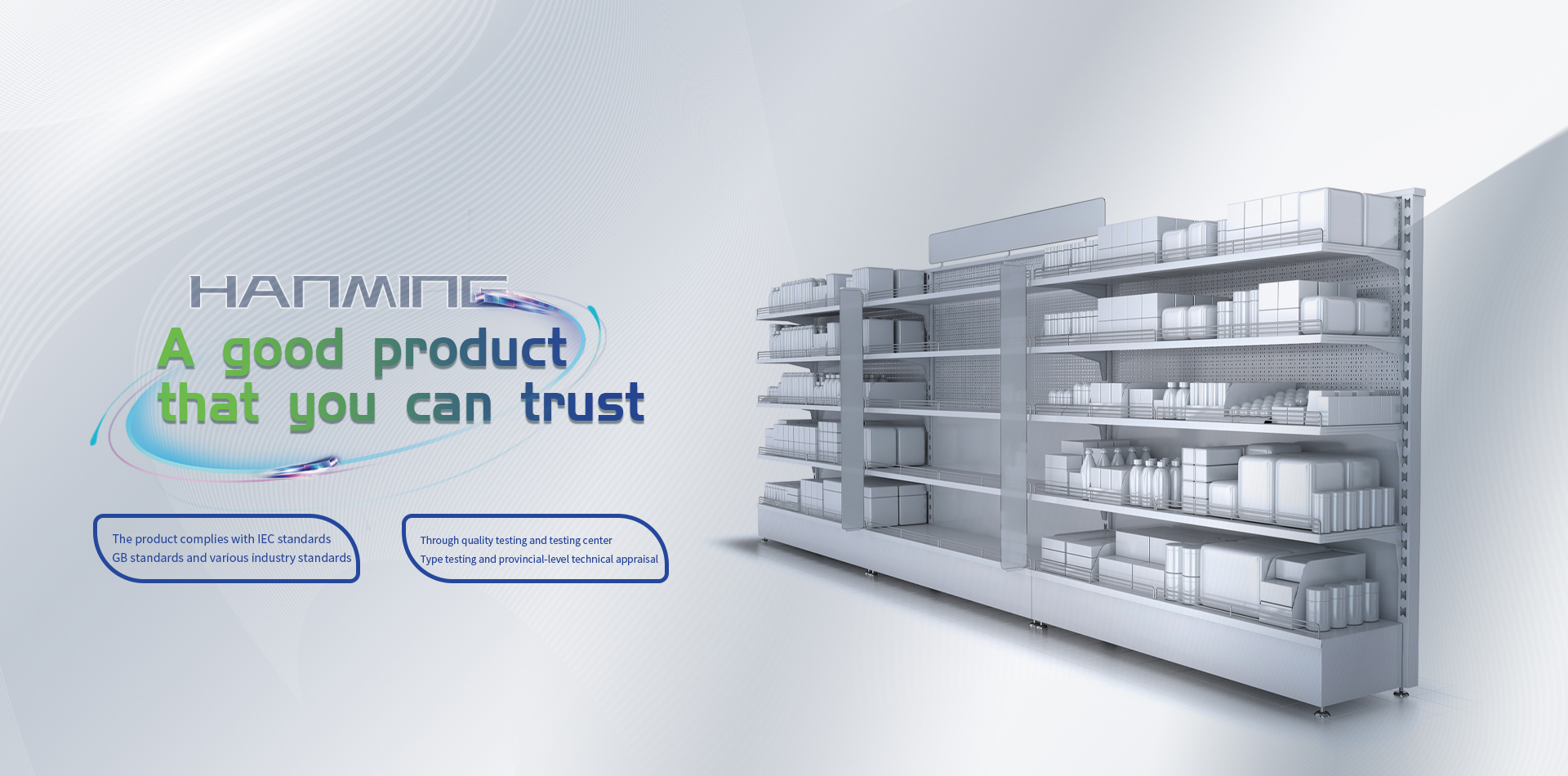
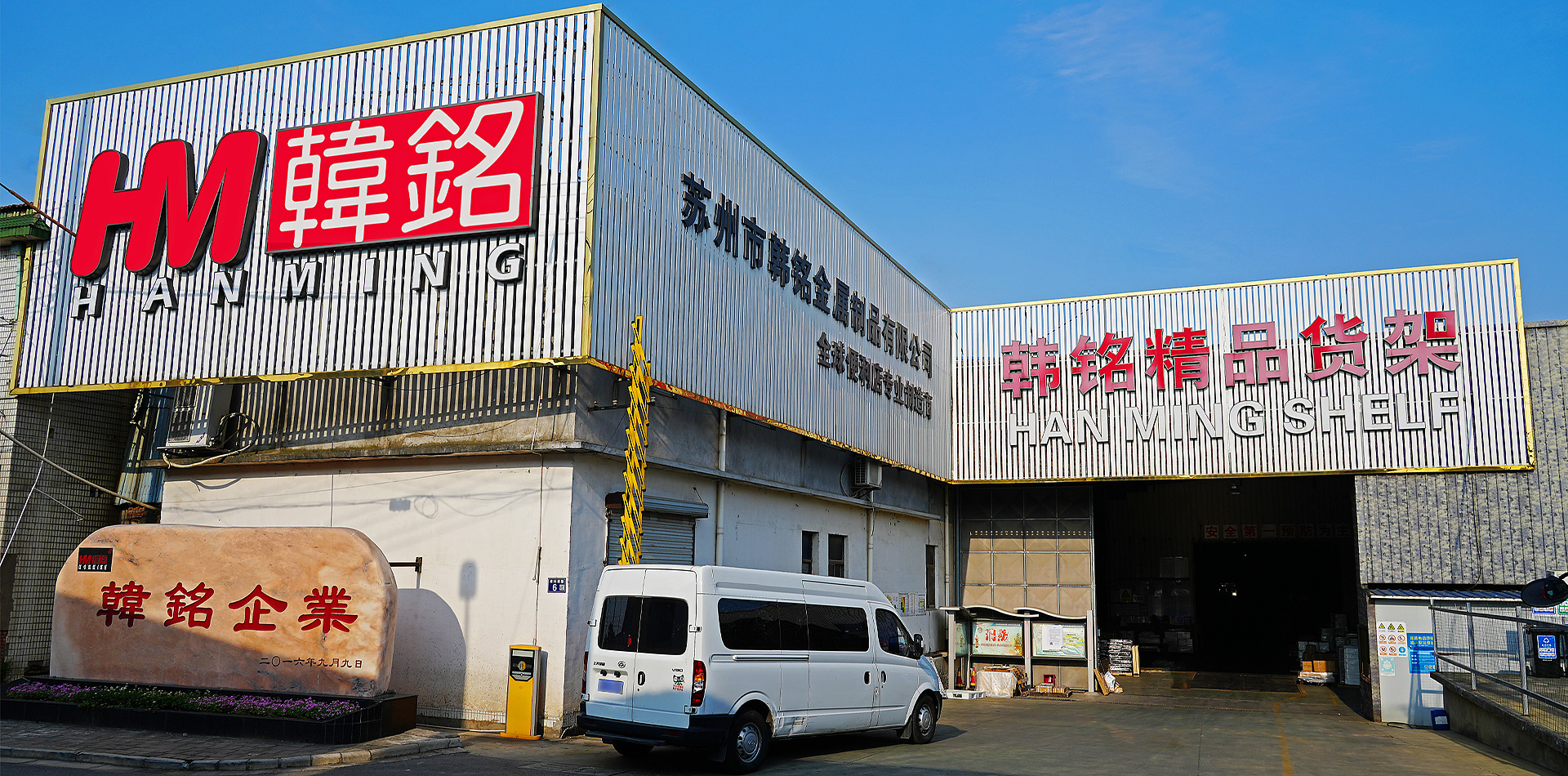

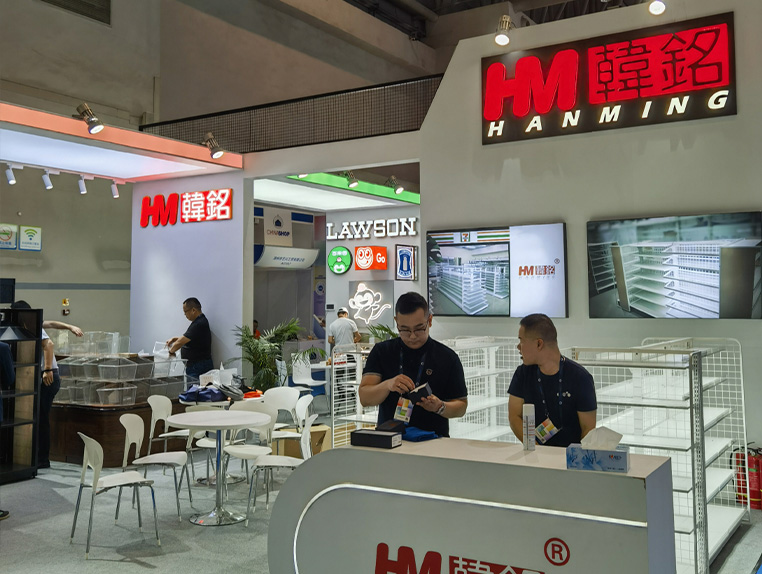
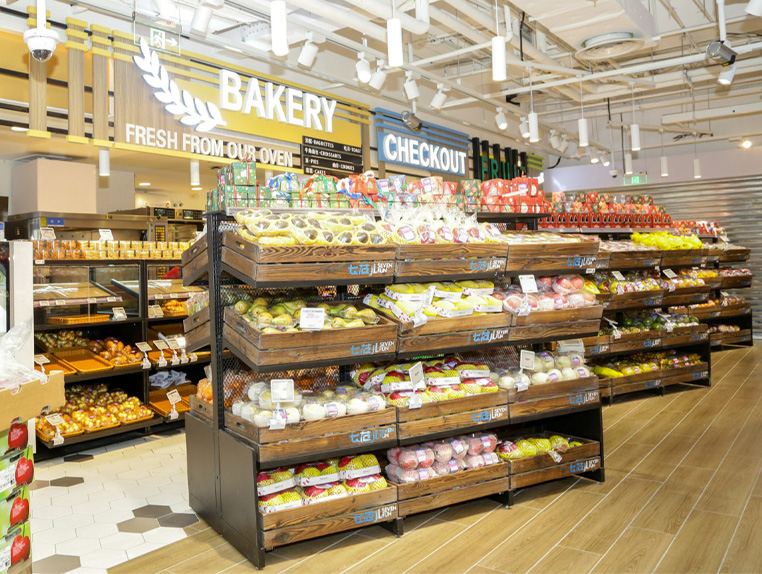
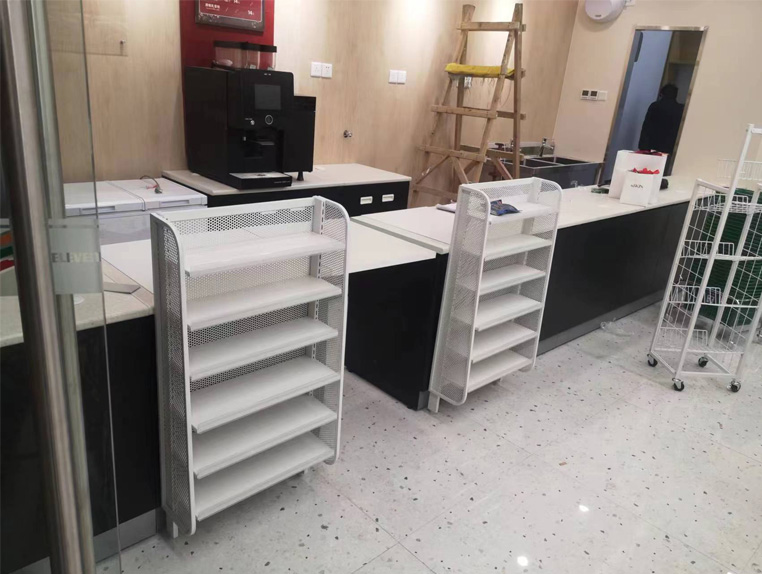

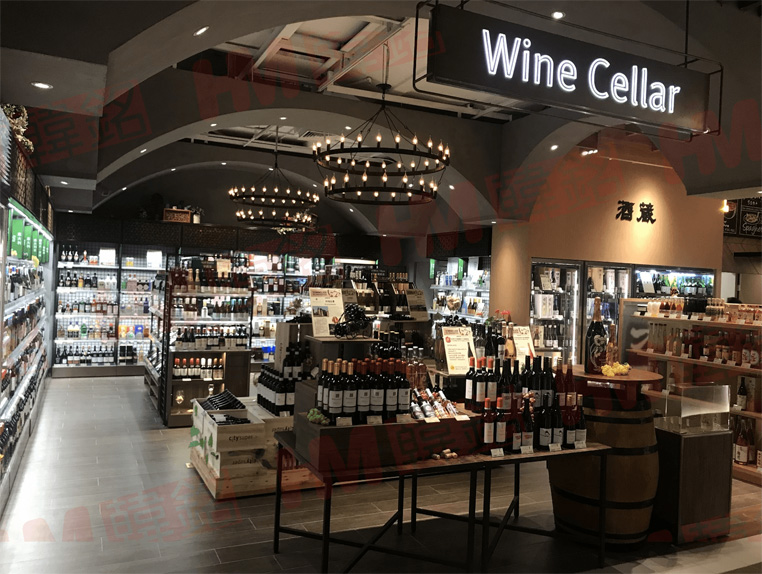
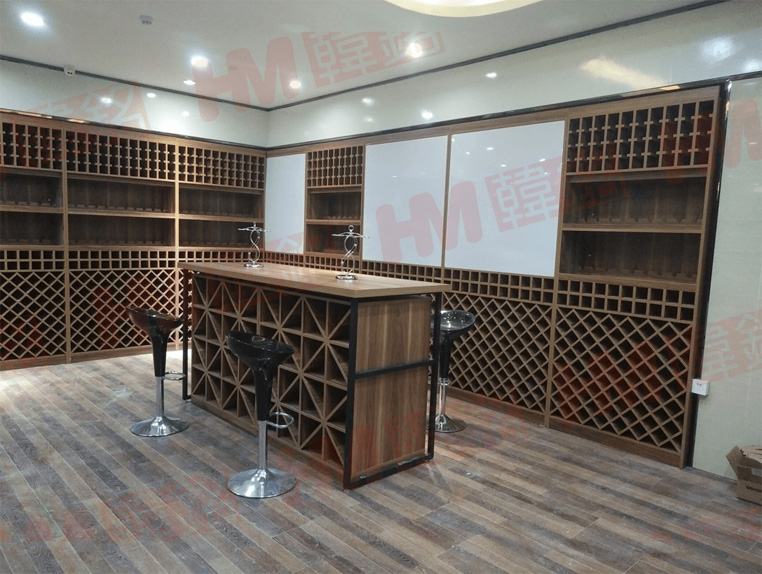
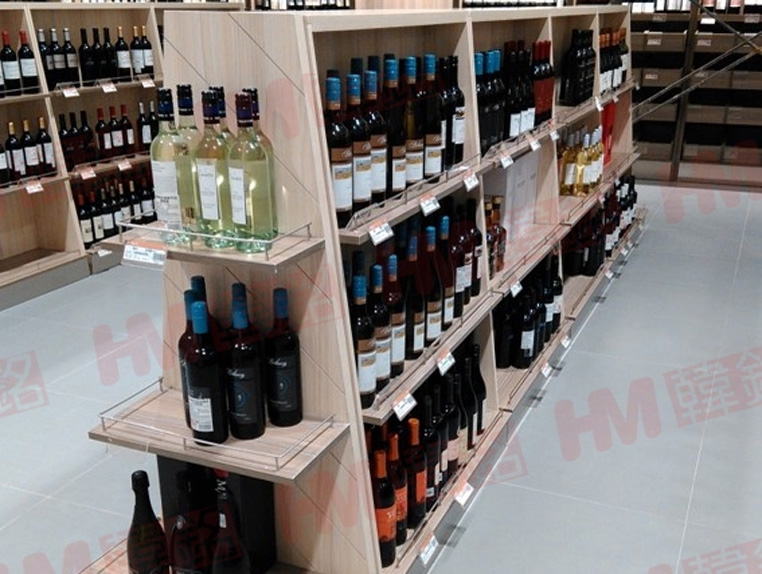
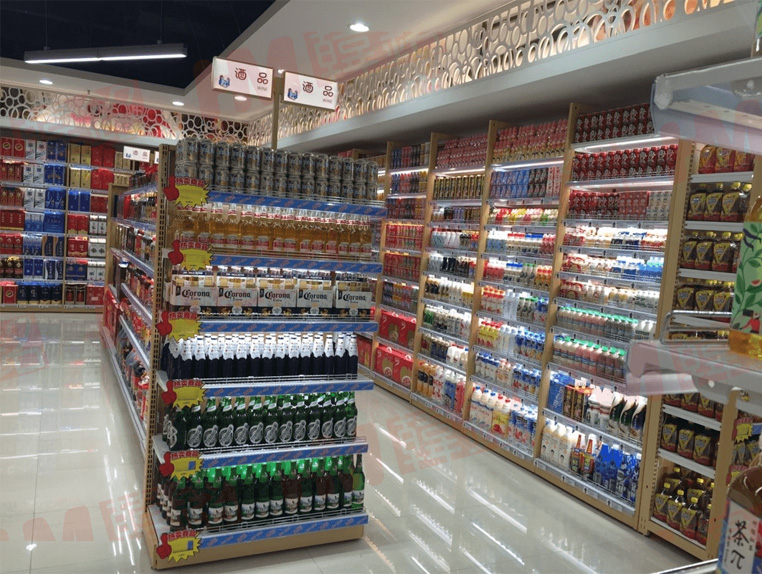
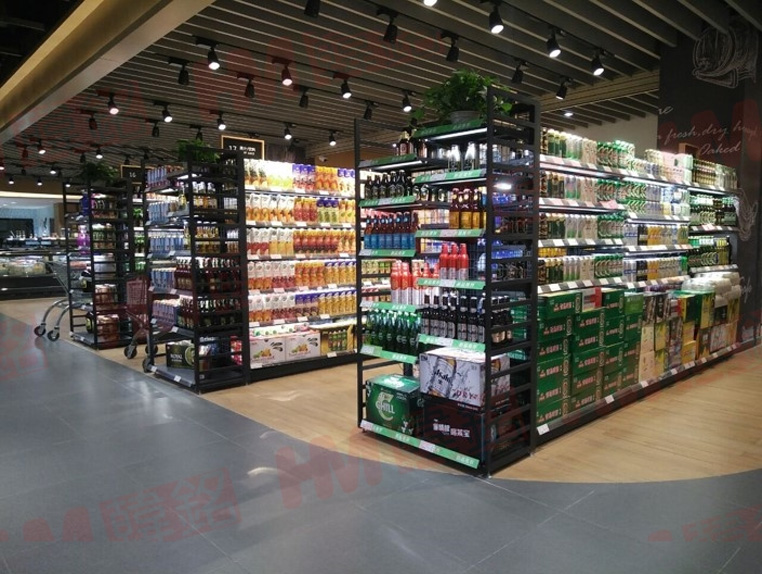
 home
home
 WeChat
WeChat
 telephone
telephone